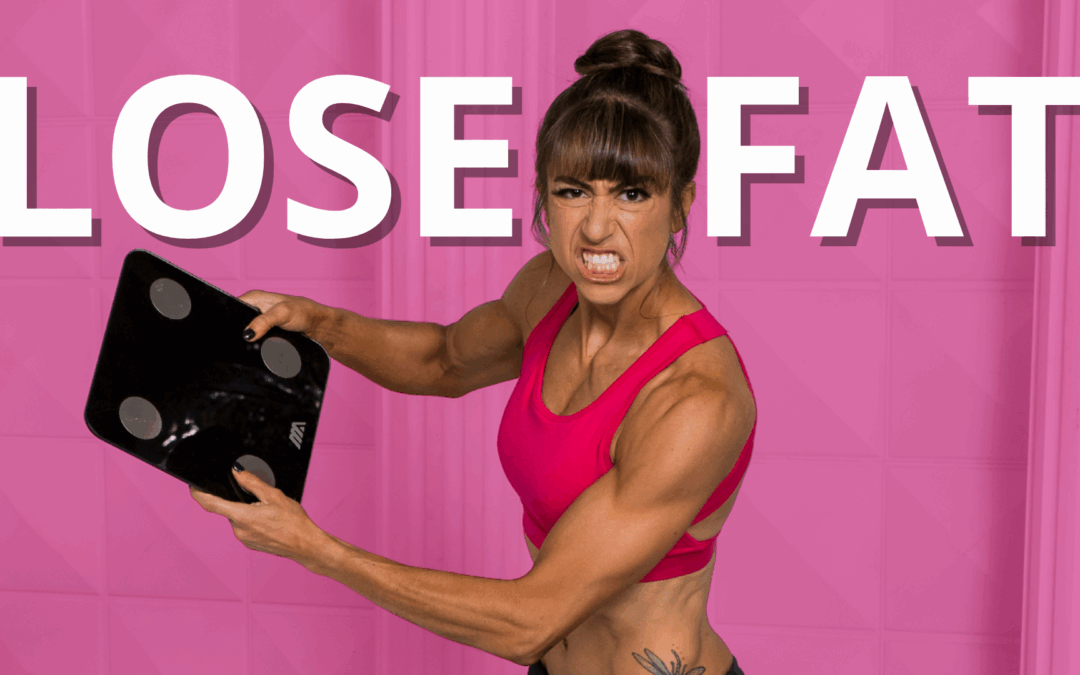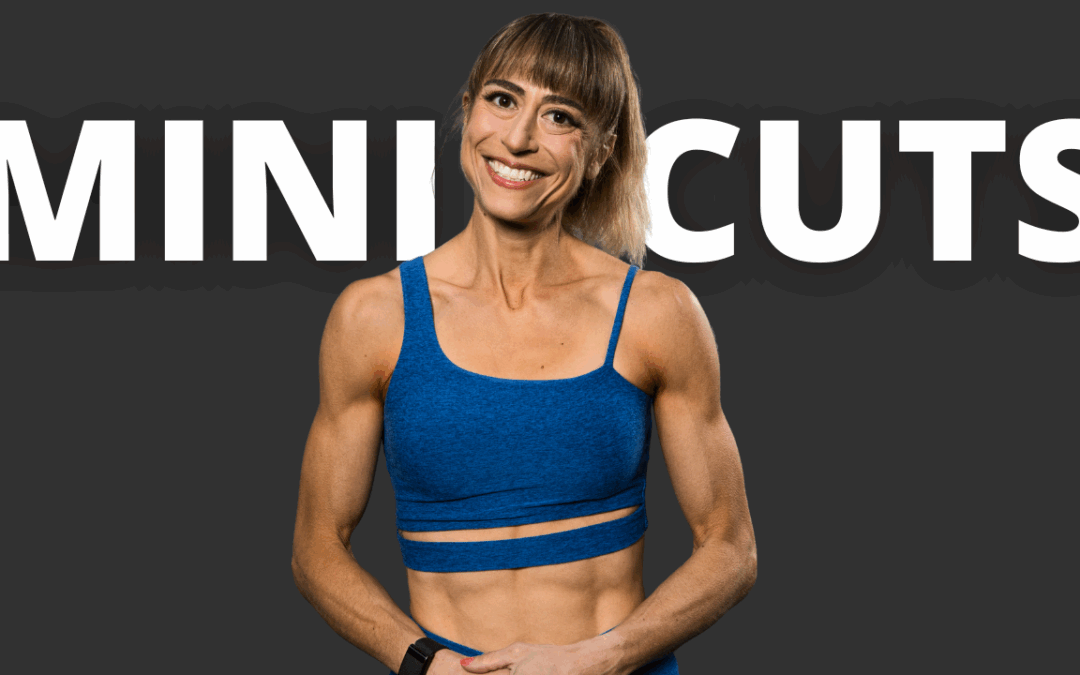
by Cori Lefkowith | Aug 24, 2025 | Blog, Diet
Want to get leaner, stronger and feel your most fabulous with a lifestyle you love? Uhm HECK YES! Sounds too good to be true though…Right? Well the good news is…it’s 100% possible. But it does take embracing the learning process and focusing on 5 key nutritional...

by Cori Lefkowith | Jul 24, 2025 | podcast
Listen: Change Requires CHANGE If you’re feeling stuck and know deep down that you could be doing better, don’t wait any longer. Your life is not going to change until you take action and make a bold move towards your goals. If you’re ready to take control of your...

by Cori Lefkowith | Jul 17, 2025 | podcast
Listen: Change Requires CHANGE If you’re feeling stuck and know deep down that you could be doing better, don’t wait any longer. Your life is not going to change until you take action and make a bold move towards your goals. If you’re ready to take control of your...

by Cori Lefkowith | Jul 13, 2025 | Blog, Diet
Want to look leaner and always feel fabulous for that big event or vacation? Well I’m going to share how you can actually accomplish this and stay leaner all year around. And it’s not a cleanse or detox. It’s not a magic pill… The secret is MINI CUTS. In this video...

by Cori Lefkowith | Jun 22, 2025 | Blog, Diet
Changing your portions is hard. You can’t just eat meals the way you’ve always eaten. That does require some planning ahead to start. And protein isn’t often the thing we just have lying around or want to snack on. That’s why these 7 tips can help you start to adjust...






